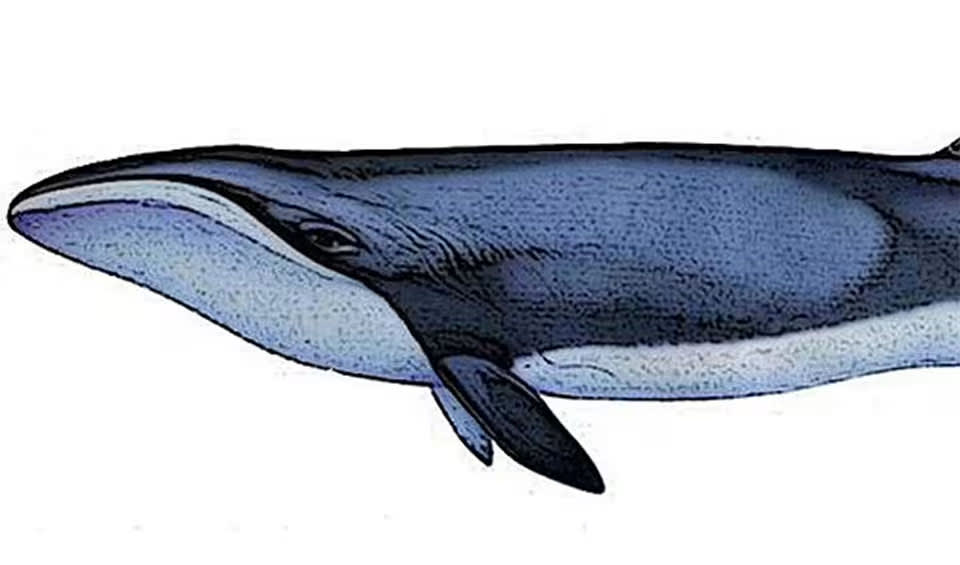This species, often described as a “living fossil,” provides invaluable insights into the evolutionary paths of whales and the complex relationships between different cetacean groups.
Despite being named after the right whales (Balaenidae family), the pygmy right whale shares more anatomical and ecological similarities with the gray whales (Eschrichtiidae) and even some features with the rorquals (Balaenopteridae), such as the Minke whales. This confluence of traits across different cetacean families underscores the pygmy right whale’s unique evolutionary position.
Pygmy right whales are relatively small compared to other baleen whales, with adults reaching lengths of up to 6.5 meters (21 feet). Their bodies are predominantly dark grey on the dorsal side and lighter grey on the ventral side. A distinguishing feature of pygmy right whales is the presence of chevron-shaped lighter patches behind their eyes, a characteristic that often leads to their being mistaken for Minke whales. However, upon closer inspection, several distinct features set them apart, including their arched, falcate dorsal fin and the unique structure of their baleen plates.
The discovery and research led by paleontologist Felix Marx in 2012 shed new light on the pygmy right whale’s evolutionary history. By comparing the skull bones of pygmy right whales with those of extinct cetaceans, Marx and his team concluded that the pygmy right whale is more closely related to the extinct family Cetotheriidae than to any living whale species. This revelation positioned the pygmy right whale as a “living fossil,” representing a lineage that was thought to have vanished millions of years ago.
Pygmy right whales inhabit the Southern Hemisphere’s cold, temperate waters, often roaming the open ocean far from land. Their elusive nature and preference for remote areas make them one of the least observed and understood whale species. Sightings are rare, and much of what is known about them comes from stranded individuals or incidental captures.
Distribution
 Indian ocean
Indian ocean Pacific ocean
Pacific ocean Atlantic Ocean
Atlantic Ocean Antarctic ocean
Antarctic ocean Argentina
Argentina Australia
Australia Chile
Chile Falkland Islands
Falkland Islands French Southern T.
French Southern T. Namibia
Namibia New Zealand
New Zealand South Africa
South AfricaAnything we've missed?
Help us improve this page by suggesting edits. Glory never dies!
Suggest an editGet to know me
Terrestrial / Aquatic
Altricial / Precocial
Polygamous / Monogamous
Dimorphic (size) / Monomorphic
Active: Diurnal / Nocturnal
Social behavior: Solitary / Pack / Herd / Group
Diet: Carnivore / Herbivore / Omnivore / Piscivorous / Insectivore
Migratory: Yes / No
Domesticated: Yes / No
Dangerous: Yes / No




